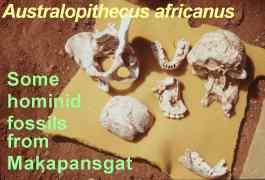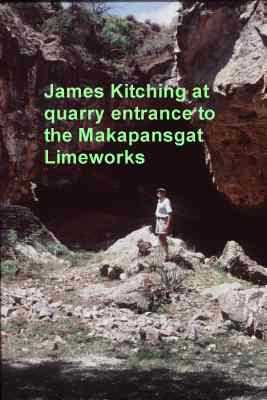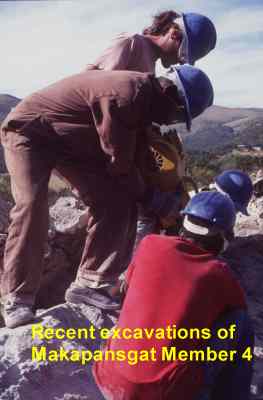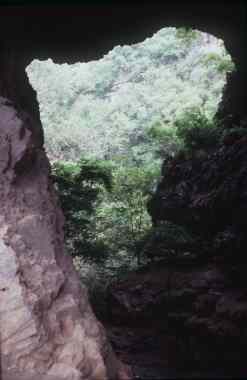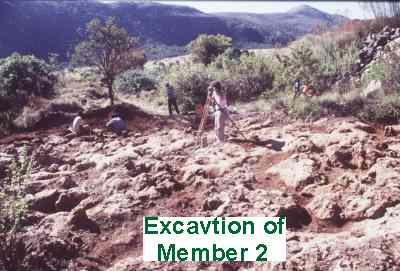Latham, AG, A Herries, P Quinney, A Sinclair, and KL Kuykendall,
(1999). The Makapansgat Australopithecine Site from a Speleological
Perspective. IN Pollard, A.M. (ed.), Geoarchaeology: exploration,
environments, resources. Geological Society, London, special Publications,
165: 61-77.
McKee, J.K. (1999c) The Autocatalytic Nature of Hominid Evolution in
African Plio-Pleistocene Environments. African Biogeography, Climate
Change, and Early Hominid Evolution, Eds. F. Schrenk & T. Bromage.
Oxford University Press, pp. 369-399.
McKee, J.K. (2000) The Riddled Chain – Chance, Coincidence, and Chaos
in Human Evolution. New Brunswick: Rutgers University Press.
McKee J, Thackeray J, and Berger L (1995) Faunal assemblage seriation of
southern African Pliocene and Pleistocene fossil deposits. Amer. J. Phys.
Anthropol. 96:235-250.
Rayner RJ, Moon BP, and Master JC (1993) The Makapansgat australopithecine
environment. J. Hum. Evol. 24:219-231.
Reed, K.E. (1996) The Paleoecology of Makapansgat and Other African Plio-Pleistocene
Hominid Localities. Ph.D. Dissertation, SUNY at Stony Brook. Ann Arbor: UMI.
Reed, K, Kitching, J, Grine, F, Jungers, W, Sokoloff, L (1993) Proximal
femur of Australopithecus africanus from Member 4, Makapansgat, South
Africa. Amer. J. Phys. Anthropol. 92:1-15.
Zavada MS, and Cadman A (1993) Palynological investigations at the
Makapansgat Limeworks: an australopithecine site. J. Hum. Evol. 25:337-350.
